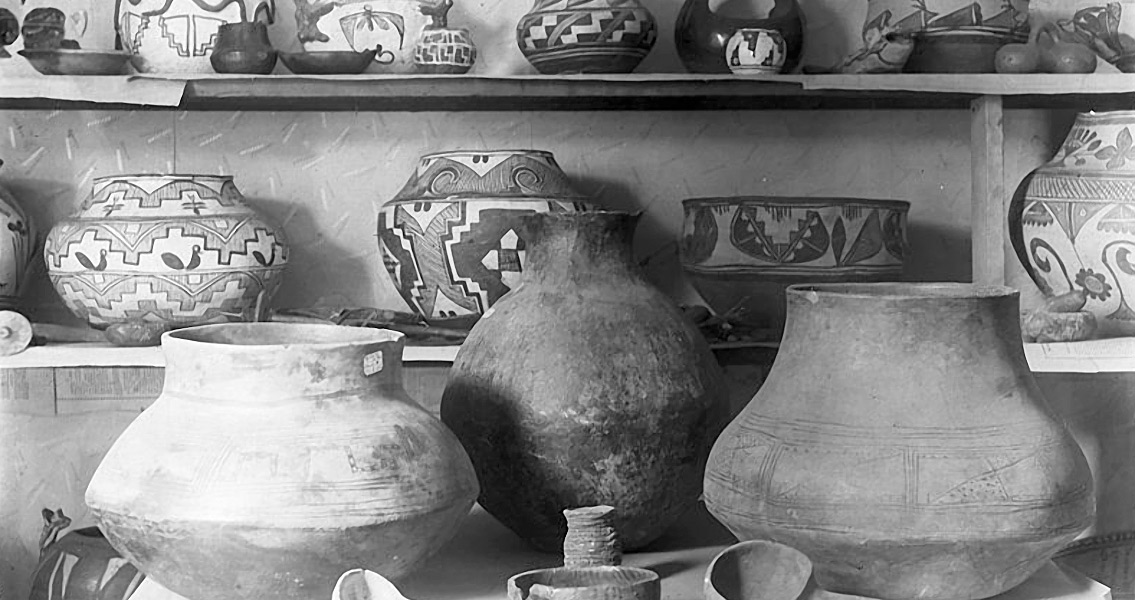<![CDATA[According to a new study conducted by York University and Queen's College in New York City, the introduction and expanded use of pottery in the Americas was largely due to social factors. It had been previously thought that pottery developed as an adaptive response for the containment of foodstuffs. While hunter-gatherers of the northeastern American Continent utilized a large variety of wild animal and plant foodstuffs, it seems that pottery developed specifically as a method of handling fish and fish oil. Reliance on a common living area allowed for an abundance of aquatic resources and pottery was thus used in group gatherings along river banks. While she was a research fellow at York University, Dr. Karine Taché (now of Queen's College, in New York City) undertook the analysis of nearly 3,000 year-old potteries, taken from 33 different sites around the northeastern United States and Canada. Specifically, she was looking for residues on the pots that would indicate their prior purpose and the specific items they used to hold. By testing for bulk carbon, nitrogen isotopes and compound specific isotopes, as well as identifying lipids on the containers, Taché was able to ascertain that a great number of the pots once held fish and other aquatic species. It is also believed that the pots were used to store fish oil and other nutritious supplements. Taché explained the importance of her findings beyond the mere fact that the pots once held marine animals and the products made from them. She stated: 'These early pottery sites are now thought to have been important seasonal meeting points for hunter-gatherer groups, drawing communities together and, especially in periods of high abundance, promoting the cooperative harvesting of aquatic resources and new social contexts for the cooking and consumption of fish.' Oliver Craig of the University of York added that similar results have been found in other countries and cultures around the world such as Japan, Alaska and Northern Europe. He stated: 'Our study points to a close association between aquatic resources and the innovation of pottery by hunter-gatherer societies.' Pottery making goes hand in hand with artisanship, a skill most closely associated with civilized living. Therefore, it is likely that Taché is correct in her evaluation that the places where the pottery was found represented important meeting and gathering places for otherwise nomadic peoples. This further reinforces the theory that ancient American hunter-gatherers clustered near rivers, sparking the beginnings of civilizations. According to these findings; the burgeoning of small outposts of civilization was due in no small part to the presence of fish and the ease at which their by-products were stored, as well as a surplus of usable water. However, it was previously unknown that pottery and the use of fish had so closely evolved, and that they played such a major role in the coming together of previously diverse socioeconomic and political groups. Photo Credit: Wikimedia Commons User:Fae]]>
Fish Played Large Role In Ancient American Life
